Introduction: Fall Prevention Safety Tips for the Elderly
Falls are a leading cause of injury and hospitalization among older adults, often leading to a further reduction of independence and diminished quality of life. As people age, the risk of falling increases significantly due to physical, cognitive, and environmental factors.
Therefore, it is essential for caregivers, healthcare professionals, and loved ones to understand and implement fall safety tips for the elderly to help prevent serious accidents. With the right strategies in place, falls can be minimized and even almost fully prevented, allowing seniors to maintain their independence, confidence, and well-being.
What is a Fall Risk Patient?
A fall risk patient is an individual who, due to specific health conditions or physical limitations, has a significantly higher chance of falling. Recognizing if someone in care may be a fall risk patient is the first step in developing an effective fall prevention plan. Several factors contribute to increased fall risk among elderly individuals, including:
- Age-related conditions: muscle weakness and degradation, joint problems, and balance disorders are common as we age.
- Medication: Certain prescriptions, especially those affecting blood pressure, mood, or cognition, can cause dizziness, confusion, lightheadedness, and faintness.
- Cognitive impairments: Conditions like Alzheimer’s disease or dementia make individuals less careful and aware of hazards.
- Post-surgical or illness and injury recovery: After medical procedures, or other illness or injury, mobility and strength are typically compromised.
Caregivers must continuously assess the fall risk level of seniors in care, particularly during transitions such as hospital discharges or medication changes. Using fall-risk assessment tools—and then addressing the gaps with targeted solutions like bathroom safety products and appropriately fitted mobility aids—helps identify vulnerabilities early and leads to more personalized, effective fall-prevention strategies.
Key Fall Prevention Strategies
Preventing falls involves a multifaceted approach. Below are some practical strategies that can significantly reduce the likelihood of falls in both home and healthcare environments.
Safe Environment
Creating a safe living space is one of the most basic and effective methods for fall prevention:
- Remove tripping hazards such as loose rugs, cluttered floors, or unsecured cables.
- Install grab bars and non-slip mats in the bathroom or in stairways, especially near showers and toilets.
- Ensure proper lighting throughout the home, including safety lights in hallways and bedrooms.
- Encourage the use of non-slip footwear that fits well and provides adequate grip.
- Keep pathways clear by arranging furniture to allow easy movement.
- Use assistive furniture and devices, such as canes and walkers, stair lifts, and handrails.
- Secure cords and wires by taping them against walls or using cable organizers and holders.
A home environment adapted to the needs of seniors dramatically lowers the chance of accidents and injuries due to falls.
Encourage Safe Practices
Educating seniors on safer ways to move around can prevent risky situations:
- Advise against rushing, especially when standing up or moving between rooms, up and down the stairs, or in the washroom.
- Encourage taking breaks during physical activity to avoid fatigue-related slips and falls.
- Promote awareness of surroundings, especially when transitioning from lying or sitting to standing.
Conduct Regular Home Assessments
Periodic home assessments can identify new risks as a senior’s health or mobility changes:
- Conduct home safety assessments regularly to pinpoint areas needing tidying or organizing.
- Hire a professional, such as a physical therapist or cleaner, to provide expert insight and service.
- Make modifications, like installing ramps or updating bathroom fixtures, based on the senior’s evolving needs.
Regular Vision and Health Check-Ups
Health maintenance plays a significant role in fall prevention:
- Schedule regular eye exams to ensure correct vision prescriptions and screen for conditions like cataracts or glaucoma.
- Review medications with a healthcare provider to identify potential side effects like dizziness or drowsiness.
- Manage chronic illnesses such as diabetes, arthritis, and heart disease, which can affect balance and mobility.
Use Assistive Devices
One of the most impactful tools in preventing falls is Lunderg’s premier senior fall protection device, the bed alarm system.
Bed Alarms and Preventing Falls
What role do bed alarms play in preventing falls? These devices are designed to detect when a senior begins to rise from a bed or chair and immediately alert caregivers. This is especially helpful for individuals who are confused, disoriented, or prone to wandering—typically during nighttime when awoken from sleep. Lunderg’s bed and chair alarm system is an advanced solution tailored for senior safety.
- Absolute peace of mind: knowing you’ll be alerted before your loved one gets up from bed (for the Early-Alert System) or right after they get up from bed (for the Standard & Large Systems) is an absolute lifesaver. Our wireless bed alarm sensor pad and pager are designed to notify you before it’s too late. You’ll be able to rest easy, especially in the middle of the night, knowing you can get there before they fall.
- Easy to set up and use: the bed sensor pad connects wirelessly to the handheld monitor. The alarm will sound or vibrate continuously just before the patient starts to stand up from the early-alert zones. Our bed sensor pad is easy to wipe clean and incontinence-resistant.
- Technically advanced: Lunderg bed alarms for seniors are an industry-leading solution for professional caregivers and families caring for their loved ones. The bed sensor pad connects wirelessly with a perfectly sized handheld monitor and the alarm will sound when weight is removed from the pad (for the Standard and Large Standard systems) or right before the person starts to stand up (for the Early Alert system).

This product is ideal for in-home caregivers, assisted living facilities, and hospitals aiming to improve safety. Now, caregivers can offer round-the-clock protection and peace of mind for both seniors and their loved ones.
Conclusion: Be Proactive with Fall Prevention
Fall prevention is a shared responsibility that requires awareness, action, and the right tools. Caregivers, healthcare providers, and seniors must work together to identify risks, modify environments, and use effective fall prevention products like a bed and chair alarm system.
While caregiver strategies are important, seniors themselves can take the following proactive steps as well. By implementing comprehensive strategies outlined in this article, you can significantly reduce the risk of falls:
- Stay active: gentle exercises like walking, yoga, or tai chi improve balance and strength.
- Follow medication instructions: avoid self-adjusting doses without consulting a healthcare provider.
- Use mobility aids correctly: canes, walkers, and other assistive tools should be used without shame or hesitation.
- Avoid alcohol and sedatives: these substances impair coordination and judgment.
- Get up slowly: transitioning from bed or chairs too quickly can cause dizziness.
By embracing these fall safety tips, strategies, and products for the elderly in care, you can ensure that aging individuals maintain their dignity, independence, and well-being. Explore more fall prevention solutions from Lunderg here. Have a plan. Stay safe. Let Lunderg help.

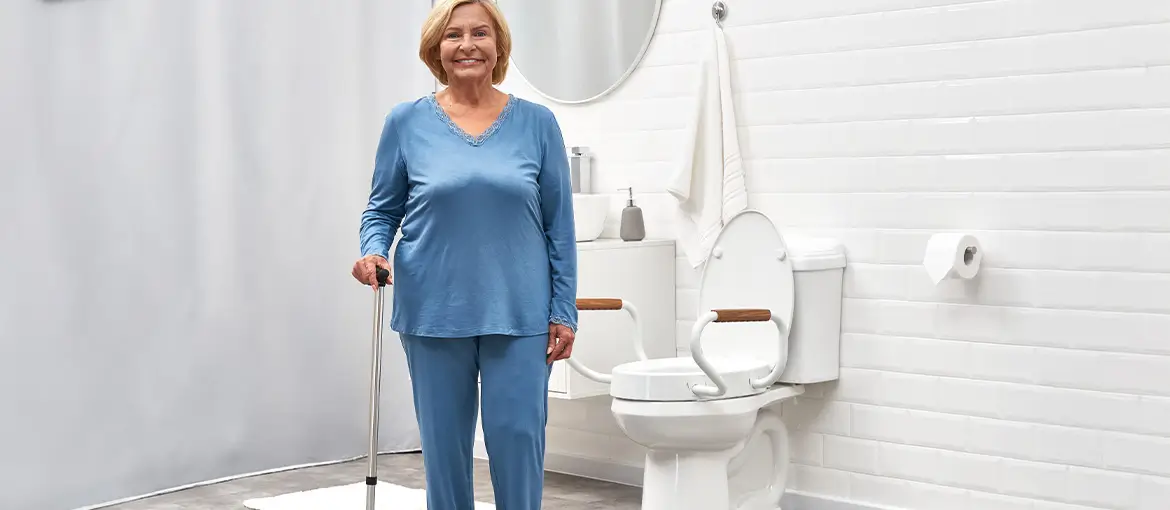
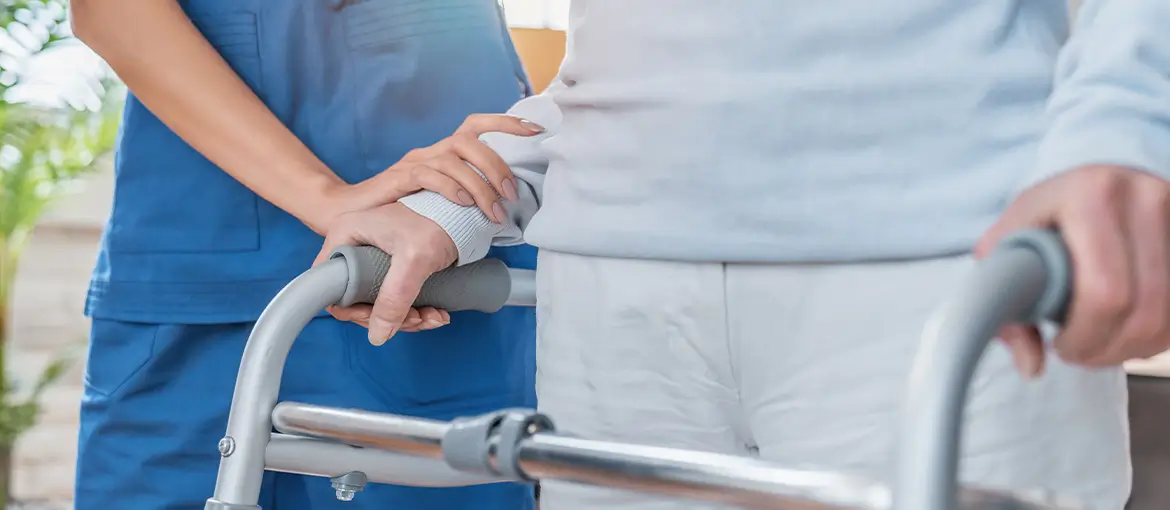
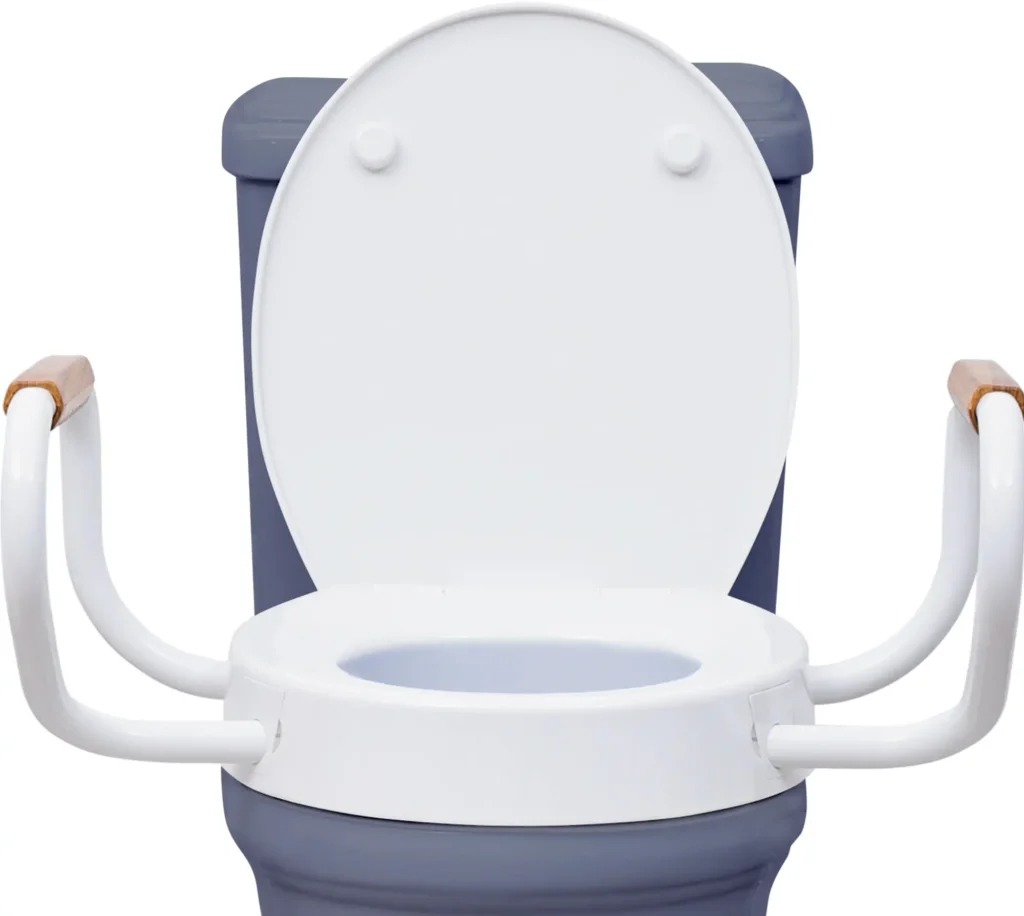
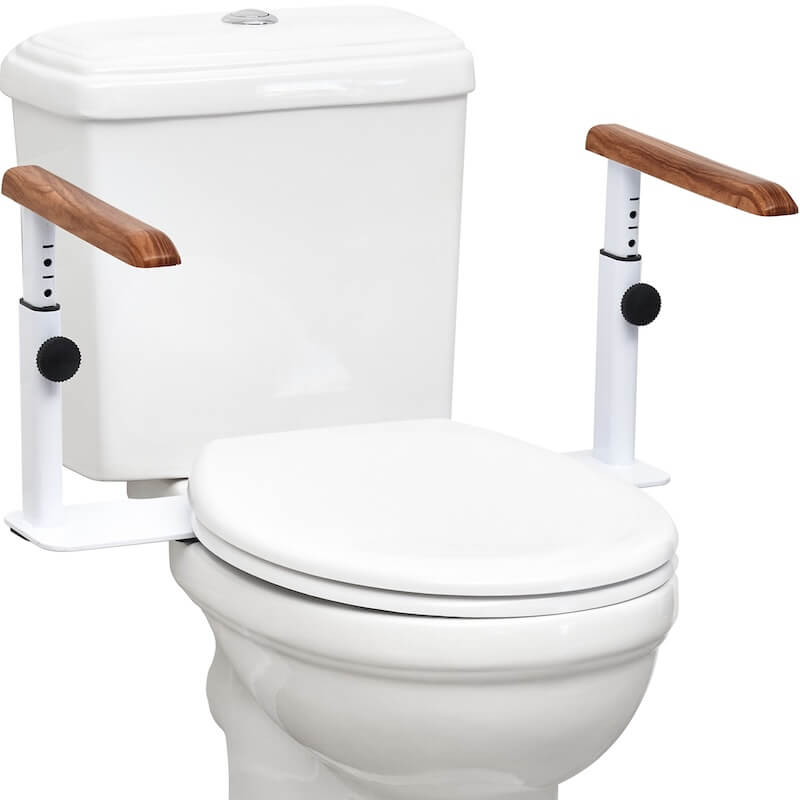
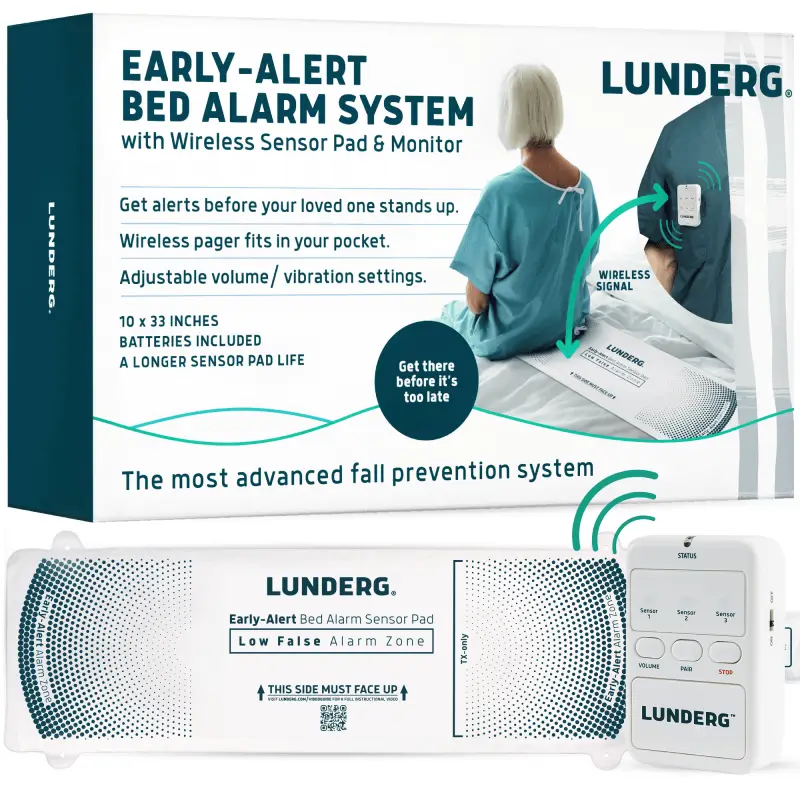

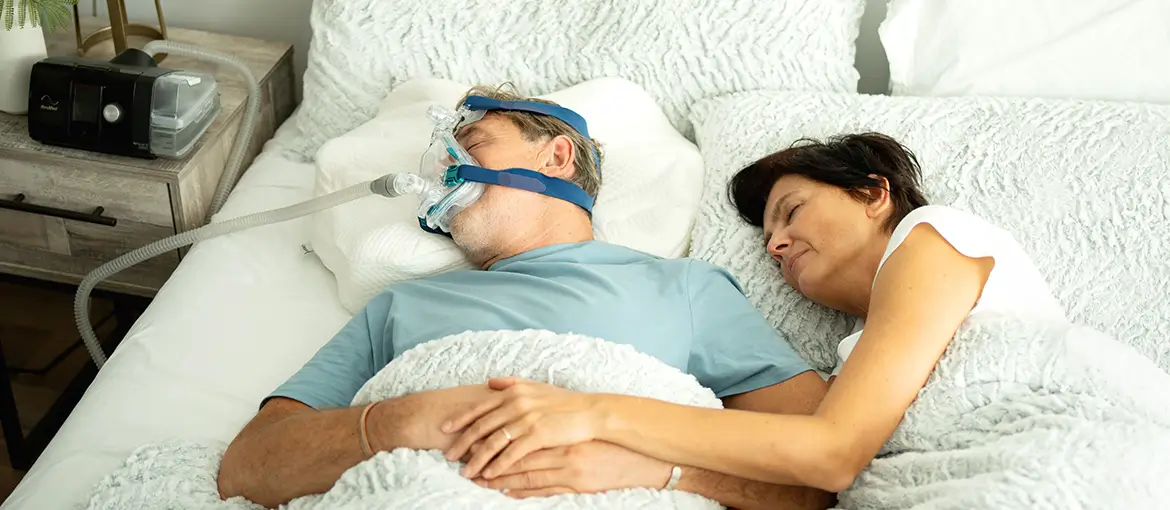

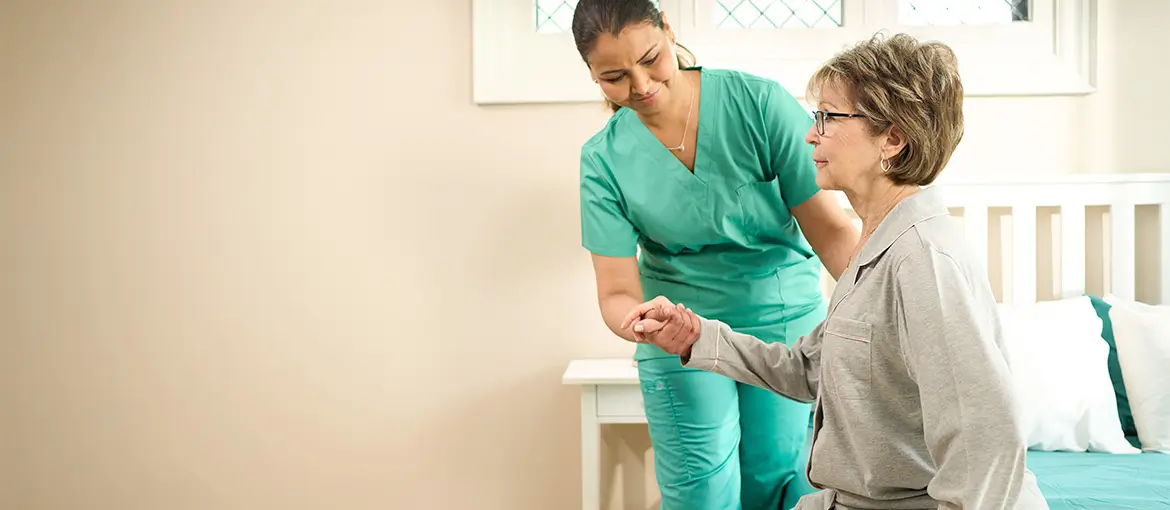


Comments(0)